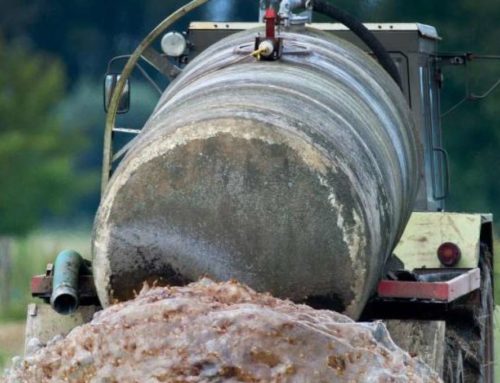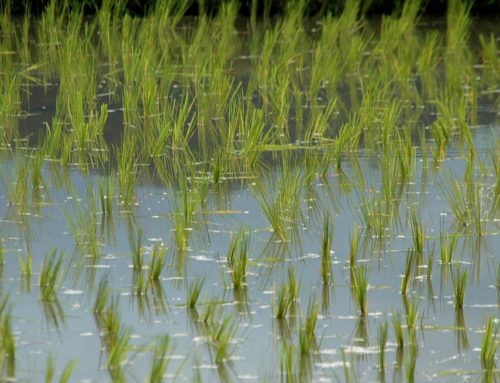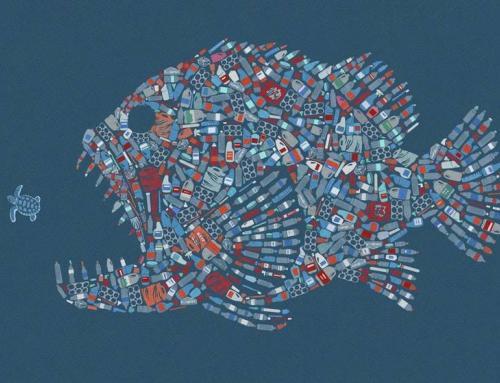Tests in ten countries find no water without pesticide contamination
Contaminated water: The water of European rivers and canals is contaminated with more than a hundred different pesticides, some of which exceed the limits, as tests in ten countries now reveal. Among the chemicals are 24 substances no longer authorised in the EU and 21 veterinary medicines. Most pesticides were herbicides, but neonicotinoids were also present in elevated doses, as the researchers report. Much of what we humans release into waste water or the environment eventually ends up in the soil or water. Researchers have repeatedly found residues of pesticides, drugs and contrast agents in rivers and streams and even in drinking water. Researchers have now again tested the extent of the water pollution in Europe with random tests. For their study, they took water samples from 29 rivers and canals in ten European countries, including Germany, France, Great Britain, Poland and Belgium. All water samples were tested for 245 different pesticides and 101 active veterinary ingredients. 70 pesticides at once. The result: Not a single water sample was completely free of pesticides. “All European rivers and canals in this study were contaminated with mixtures of pesticides and, in most cases, with several veterinary drugs,” reports Jorge Casado of the Greenpeace Laboratory at the University of Exeter. In total, he and his team detected 103 different pesticides and 21 veterinary drugs in the water. About half of the pesticides detected in the water were herbicides, the rest were insecticides or fungicides. Almost always, however, several of these substances were present in a water sample – one canal in Belgium even contained 70 pesticides at once. “We know that many of these pesticides are already individually questionable. But how these chemical mixtures affect the animal world and human health is hardly known so far,” says Casado.24 pesticides no longer permitted. This was particularly true of the neonicotinoids Imidacloprid and Clothianidin, which are used against insect pests and have since been banned for outdoor use in the EU. The fungicide carbendazim is also no longer approved. Casado and his team found a total of 24 pesticides in rivers and canals that are no longer approved in the EU. However, as they point out, this does not necessarily mean that farmers have used these pesticides illegally. Many of these residues may also have originated before the ban or been released into the environment through authorised uses. However, the concentration of some of these active substances is “remarkable”, said Casado and his colleagues. “Significant threat to the aquatic environment” Among the drug residues, antibiotic residues dominated the water samples, the researchers report. In total, they detected 21 different drug active substances. One antibiotic from the group of beta-lactam antibiotics was particularly frequently found: Dicloxacillin was detected in two-thirds of the water samples, as Casado and his team report: “With our investigations of European waters, we identified a significant threat to the aquatic environment at the time of sampling,” the researchers state. “We still don’t know what it means for humans and animals when they are exposed to such complex and variable exposure to harmful chemicals, even if some of them occur in concentrations that are not considered to be of concern individually”. (Science of the Total Environment, 2019; doi: 10.1016/j.scitotenv.2019.03.207)Source: University of Exeter



